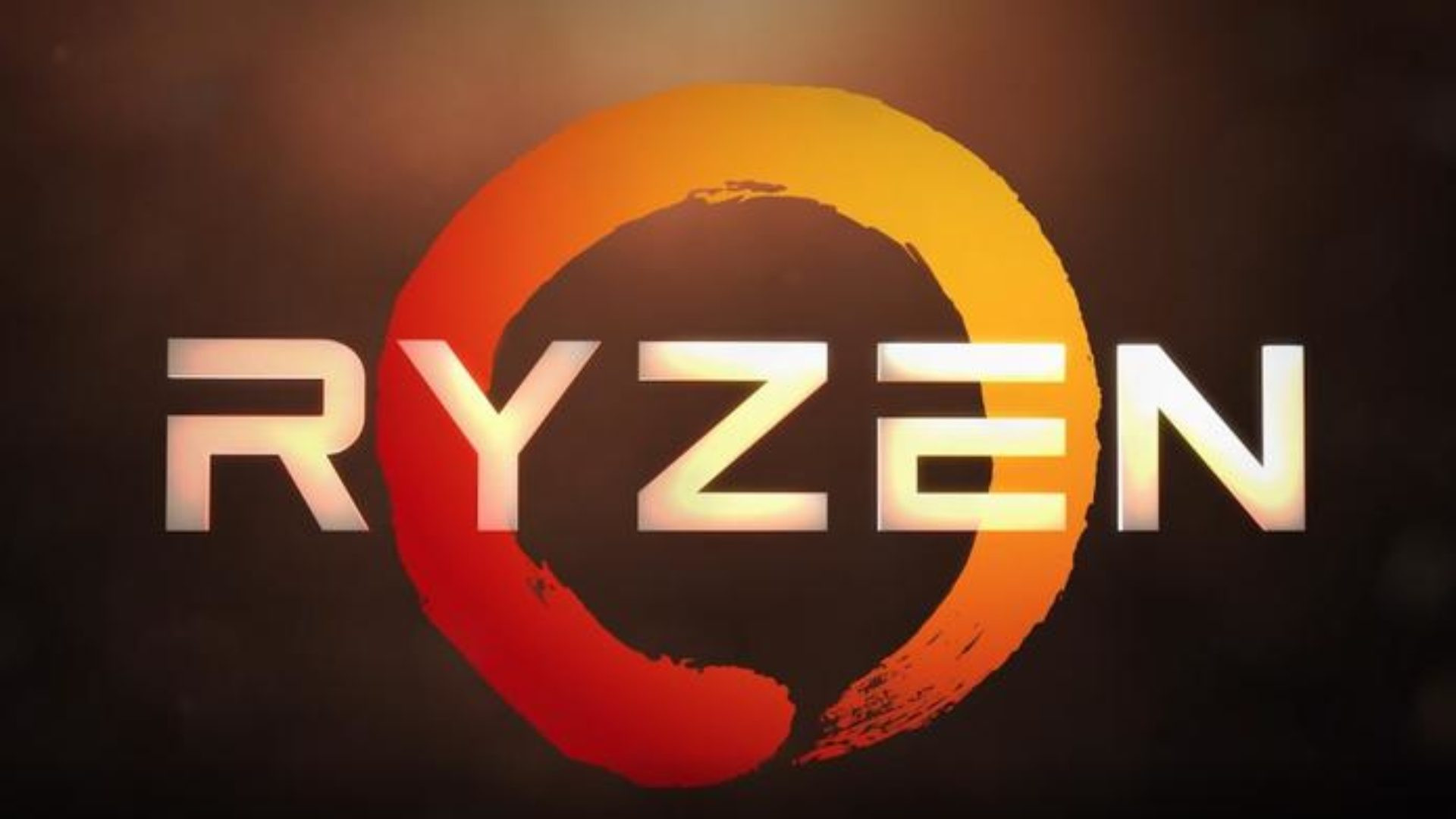Won't happen end of, anything that even looks like it will spook AMD customers and stock investors after the BD fustercluck - optics are extremely important when you are both this high and yet not the mountainous business force that is Intel (financially I mean).Another option for Zen 3 is shared front-end with shared FPU - Bulldozer style. Front-end capable handling of 4-threads, back-end consisting of 2x Zen3+SMT2 int cores and shared powerful FPU (12-pipes shared by 4 threads). AMD has an experience with BD, it's simpler to do (than wider entire core +SMT4) and allows great FPU boost (indicated by leaks +40-50% FPU performance). However it's kind of sub-optimal solution IMHO.
I'll be happy to eat my words when the Zen3 details come out, but I strongly doubt that will be the case.
It's my opinion that someone convinced them during BD's concept stage that CMT was simply better than SMT, at the very least in terms of power efficiency - that plan may have been leaned into in the hope that a different MT strategy could make them unique in the market, unfortunately it caused them to fall spectacularly on their face amidst broken, burning glass.




